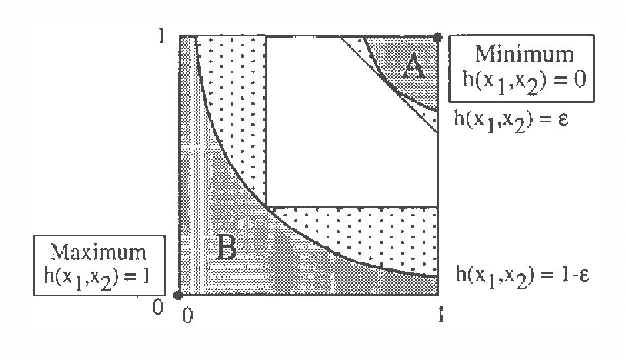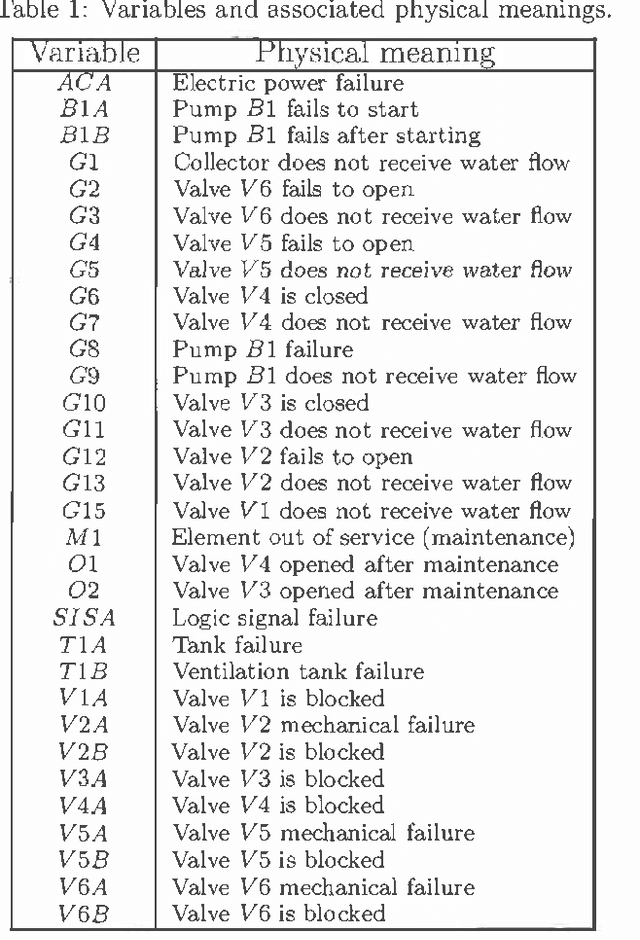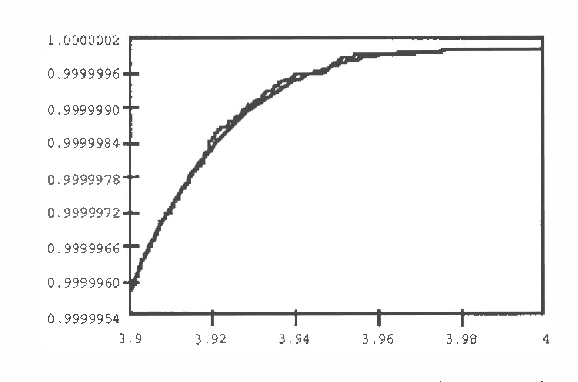Tail Sensitivity Analysis in Bayesian Networks
Paper and Code
Feb 13, 2013



The paper presents an efficient method for simulating the tails of a target variable Z=h(X) which depends on a set of basic variables X=(X_1, ..., X_n). To this aim, variables X_i, i=1, ..., n are sequentially simulated in such a manner that Z=h(x_1, ..., x_i-1, X_i, ..., X_n) is guaranteed to be in the tail of Z. When this method is difficult to apply, an alternative method is proposed, which leads to a low rejection proportion of sample values, when compared with the Monte Carlo method. Both methods are shown to be very useful to perform a sensitivity analysis of Bayesian networks, when very large confidence intervals for the marginal/conditional probabilities are required, as in reliability or risk analysis. The methods are shown to behave best when all scores coincide. The required modifications for this to occur are discussed. The methods are illustrated with several examples and one example of application to a real case is used to illustrate the whole process.
 Add to Chrome
Add to Chrome Add to Firefox
Add to Firefox Add to Edge
Add to Edge